The Relationship Between Mold and Insulation
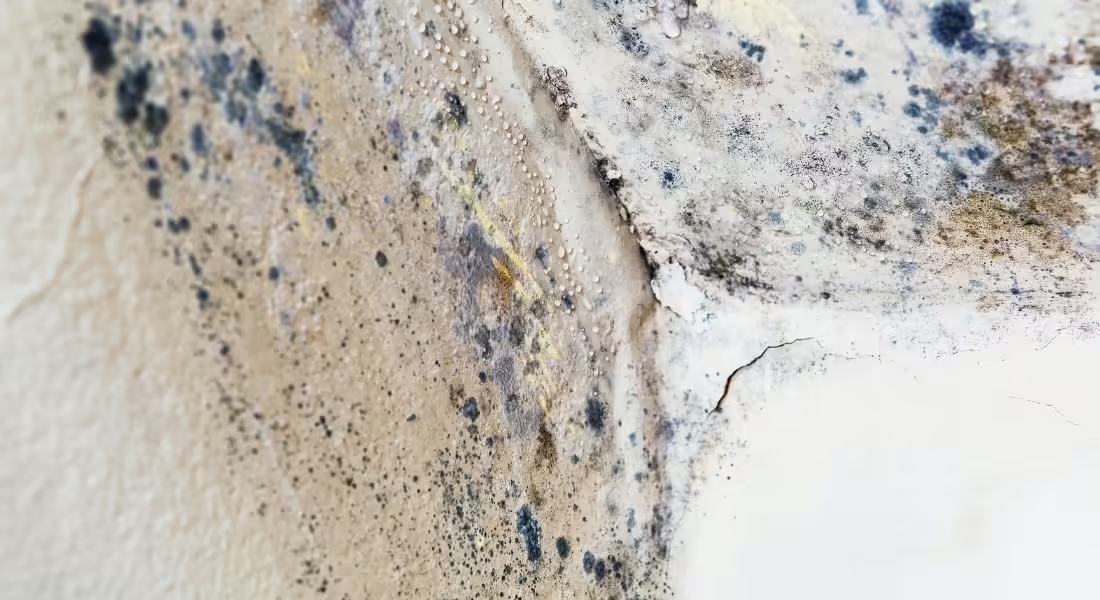
Here’s a situation. You’ve bought a new house, and construction is underway for some remodeling. You remove a wall and find that the insulation has mold growing. What a nightmare that no homeowner wants to deal with!
What about this situation? You walk down into the basement and notice a mildewy odor. It’s important to investigate where the mold originated. It’s not good enough to simply swipe away any visible mold.
The relationship between mold and insulation is significant. There’s a reason why insulating your home is vitally important.
Why Mold Grows on Insulation
If you see mold growing on your insulation, you typically have a moisture issue on your hands. It could be on your near your insulation. Let’s look at the different moldy insulation locations and what I could mean.
Basement or Crawlspace
You could have excess humidity sticking around in this area. Another problem could be water damage, where water could be seeping in through the foundation.
Walls
Moldy wall insulation could come from leaking pipes. You could also be dealing with leaky siding or exterior walls.
Attics
There are multiple reasons your attic insulation could have mold. Winter is the ideal time for mold growth to pop up. Moisture accumulates when the warm indoor air rises, hitting the cold attic surfaces and causing the water to become condensation.
Take time to look for roof leaks, another reason for attic insulation mold. Ice dams can force melting snow underneath your shingles, leaving excess moisture in your attic.
Mold Growth Basics
Many people don’t understand what mold needs to grow or how it works. Food and water are obvious ingredients, but there’s more to it than that. The humidity levels must be 50 percent or higher for mold to grow. Those hot, steamy baths and showers you love create the ideal mold growth environment. That’s why many homeowners find mold in the bathroom.
Mold has multiple feeding sources, including debris, anything that contains cellulose, and dust. It also needs a temperature of 40 degrees or higher. This temperature and the nutrients from the feeding sources allow mold to continue to grow.
The Dangers of Mold
Mold causes more issues than looking unsightly. It can trigger asthma and allergy symptoms and harm indoor air quality, causing mold sickness. Symptoms include skin rash, runny nose, sneezing, shortness of breath, and red eyes.
You may also notice a specific musty smell, and your home’s structural integrity can become compromised. Mold also compromises your insulation’s ability to do its job correctly. Your heating and cooling bills may rise because the insulation isn’t operating properly. Mold is harming your well-being along with your home.
Mold Prevention and Insulation
Keeping the moisture levels in your home in check is your best preventative measure for stopping mold. Insulation is the number one way to manage your house’s temperature. If your home slacks in the insulation department, you’re leaving an open invitation for mold to develop.
Insulation Installation
Hire a local insulation installer to install or update your home’s insurance properly. It’s a lifesaver for your house and prevents mold growth. The installation process is just as important as the insulation type.
If you’re in the Chicagoland area, turn to Paragon Protection. We are spray foam insulation contractors serving Cary, Illinois, and beyond. Our experts will ensure your home is well-insulated to keep mold growth at bay.
Poorly installed insulation provides an environment where mold has zero issues forming and growing. Any gaps left can create cold spots, which often lead to surface mold growth and condensation.
Insulating your entire home is a vital step in mold prevention. Even small places left uninsulated can end with significant mold problems. Don’t forget about HVAC ductwork and chilled water lines. Some contractors may cut corners to save time, leaving these crucial areas unprotected. Any small amount of condensation can turn into mold.
Spray Foam Insulation and Mold
Spray foam insulation can seal a space completely. It’s the only insulation type that can do this. You can count on every crack, gap, and hole to become sealed off after proper insulation. In terms of moisture control, the attic is where you want to focus a lot of your focus.
Spray foam insulation doesn’t attract mold, meaning it won’t become a food source for mold or provide a healthy environment for mold growth. It’s one of the best insulation products, if not the best, on the market.
There are two types of spray foam insulation: closed-cell and open-cell. Closed-cell is going to be the best option to keep moisture away. Its water-resistant properties will deter excess moisture and prevent mold from growing.
Closed-cell insulation also forms an airtight seal, keeping outside allergens and air from entering your home. You’ll also notice reduced energy bills. Who doesn’t love saving money? Use the airtight qualities of closed-cell spray foam insulation and proper ventilation to create a balanced system. Exhaust fans and roof vents are two excellent ways to add ventilation.
Can Spray Foam Prevent Mold Growth?
Warm air comes in contact with cold objects and forms condensation. Spray foam prevents random air leaks from happening because it fills your home’s gaps and cracks. Therefore, the outside air won’t come in contact with your cold inside objects. Now the moisture-related problems are minimized. The sturdiness of spray foam insulation allows it to last for decades.
Mold and Damaged Insulation Solutions
Targeting the moisture problem at the source will stop the mold from growing and spreading. You’ll want to schedule an insulation removal once you notice mold growth in your insulation. A professional will remove the mold-ridden insulation properly and safely.
After you’ve removed the compromised insulation, it’s time to install new insulation. Hire local insulation installers like our experts at Paragon Protection who will install the insulation correctly to deter mold growth from happening again. Talk with a professional about installing spray foam insulation to create a comfortable and mold-free home.
Final Thoughts
No homeowner wants to deal with mold, but problems sometimes pop up. Understanding the relationship between mold and insulation will help you handle the issue properly. If there’s anything you should take away from this overview, it’s that finding the moisture site is crucial for fixing the mold problem, and the type of insulation you install matters.
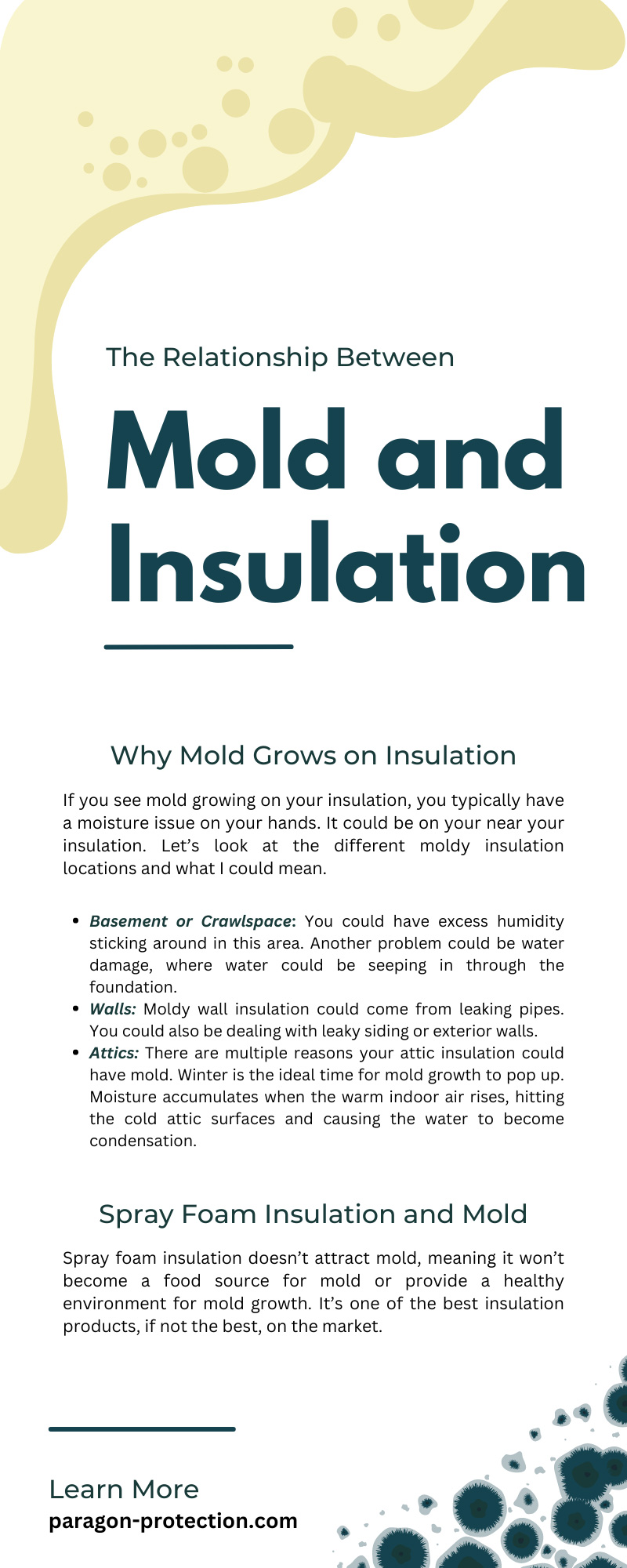

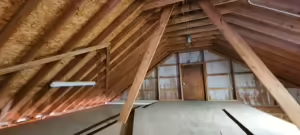
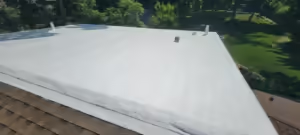
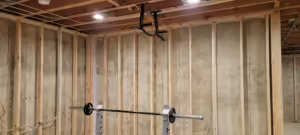
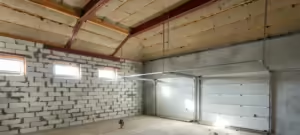

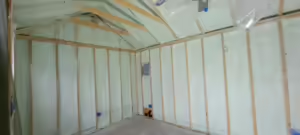
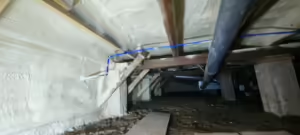
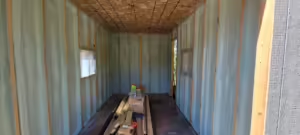
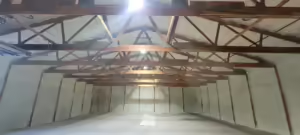
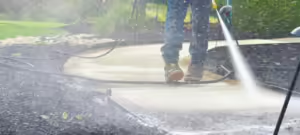
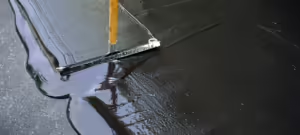
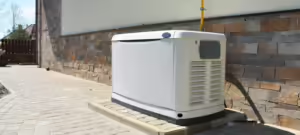
 Professional Insulation Services
Professional Insulation Services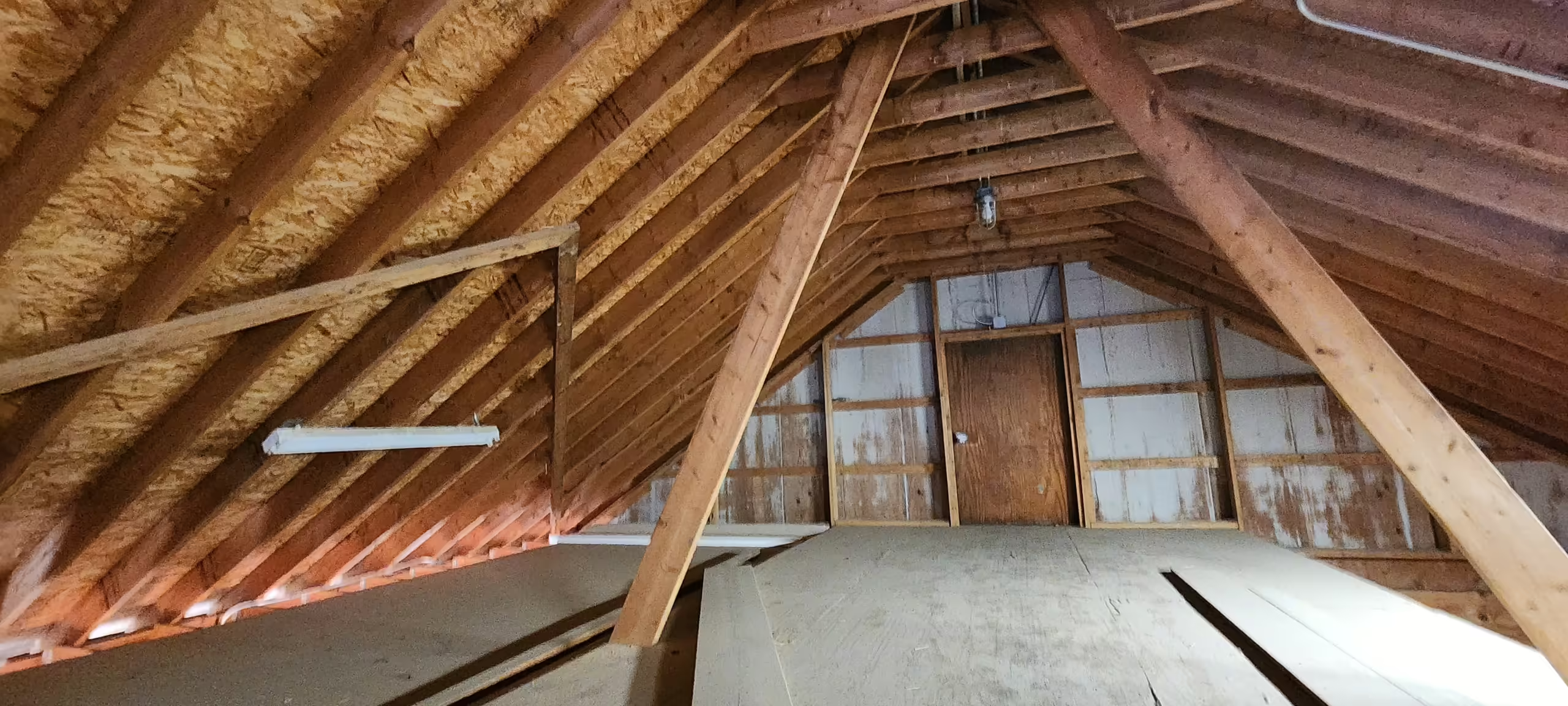 Attic Insulation Services
Attic Insulation Services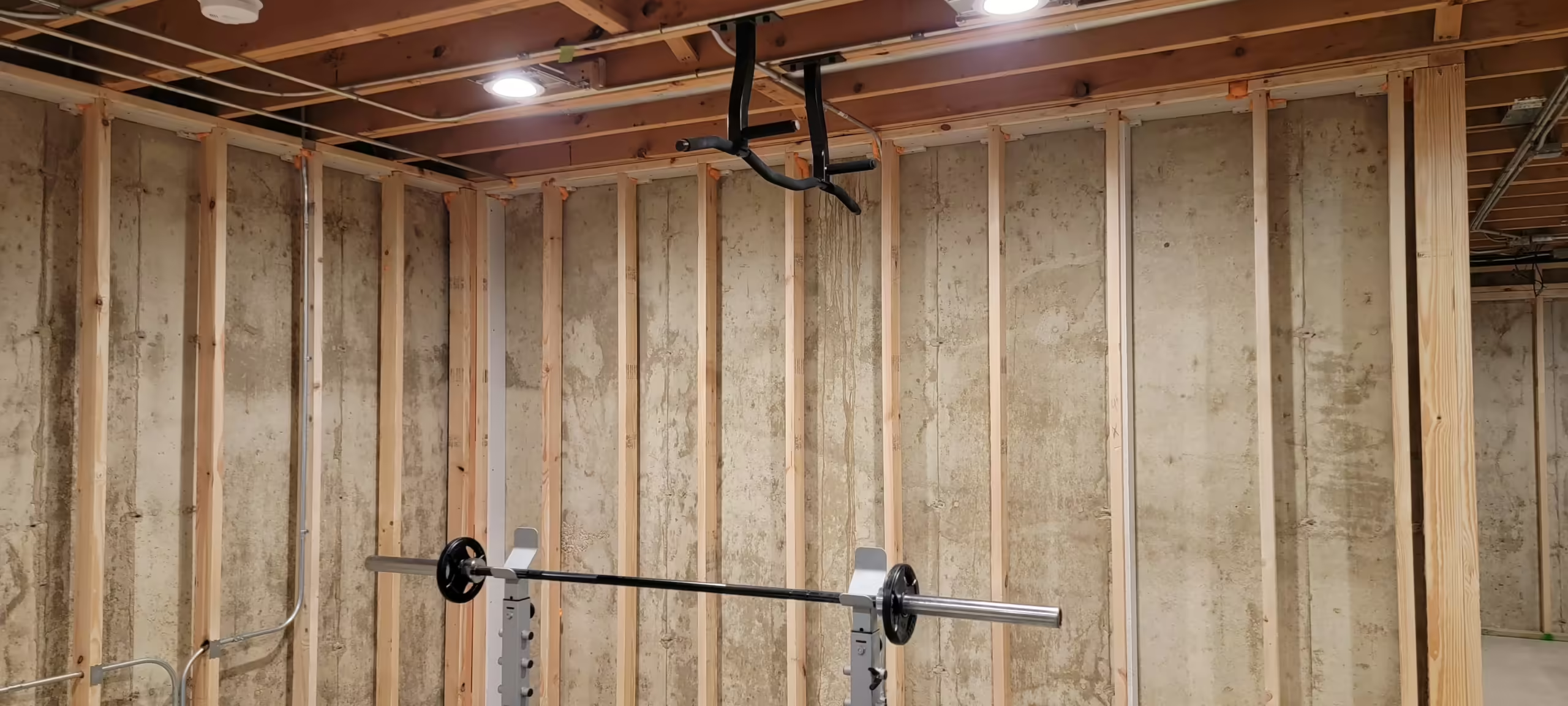 Basement Insulation
Basement Insulation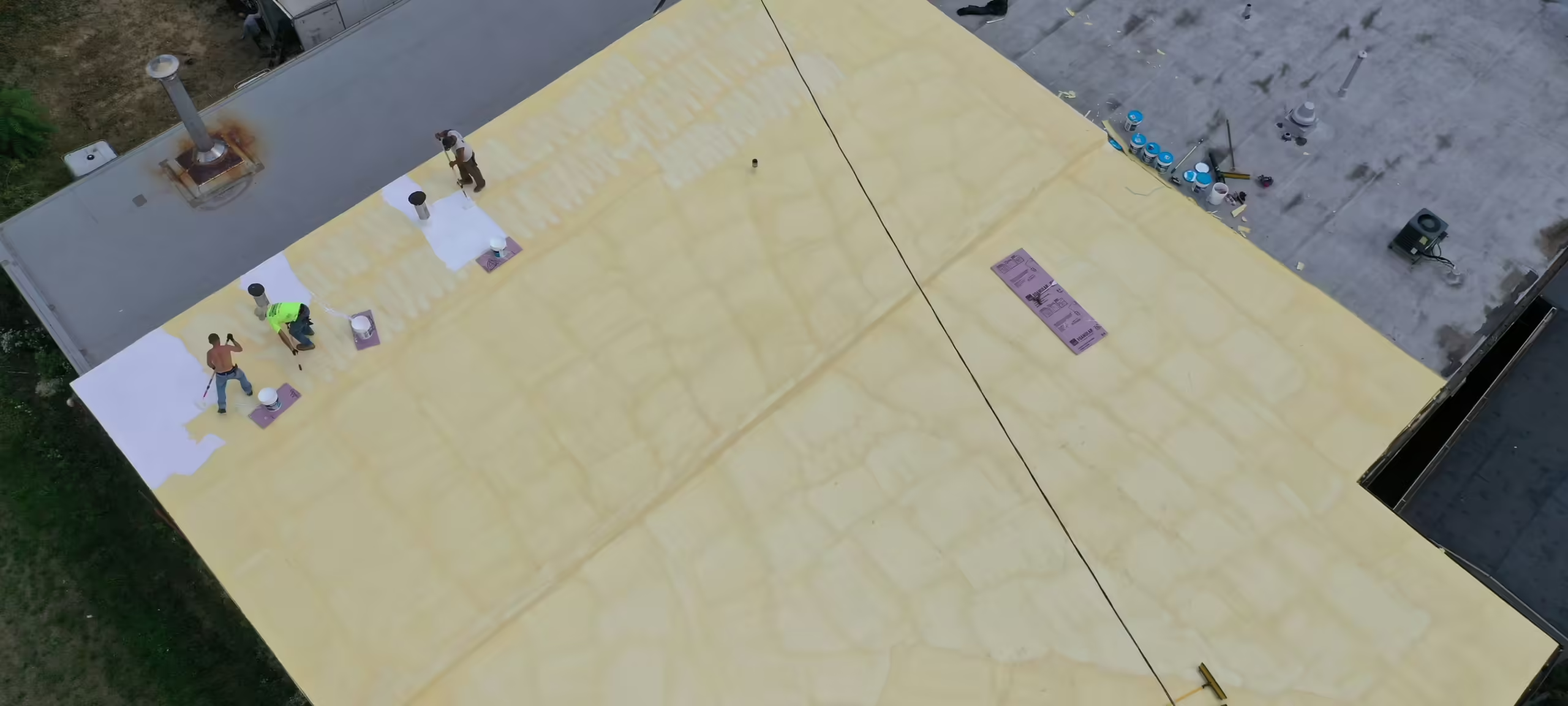 Commercial Insulation
Commercial Insulation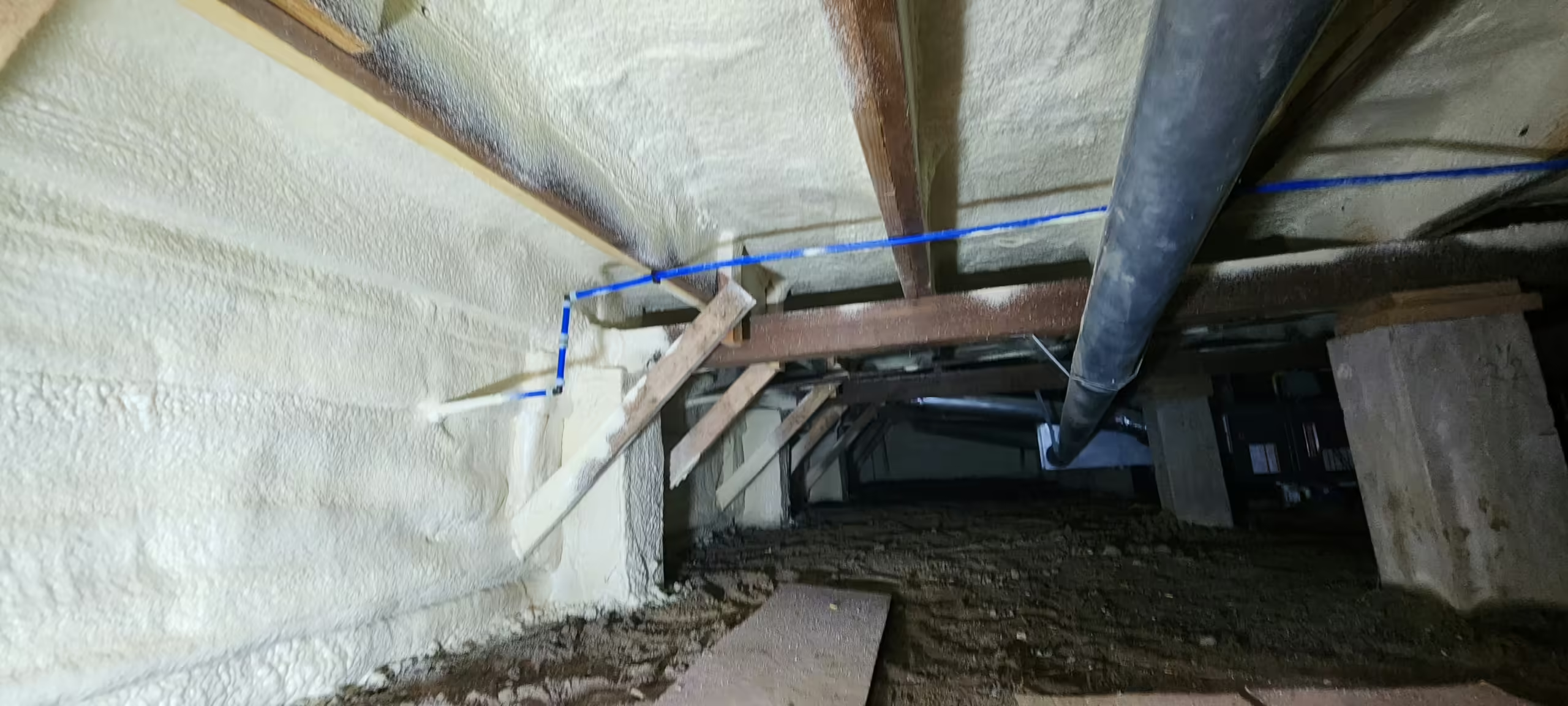 Crawl Space Insulation
Crawl Space Insulation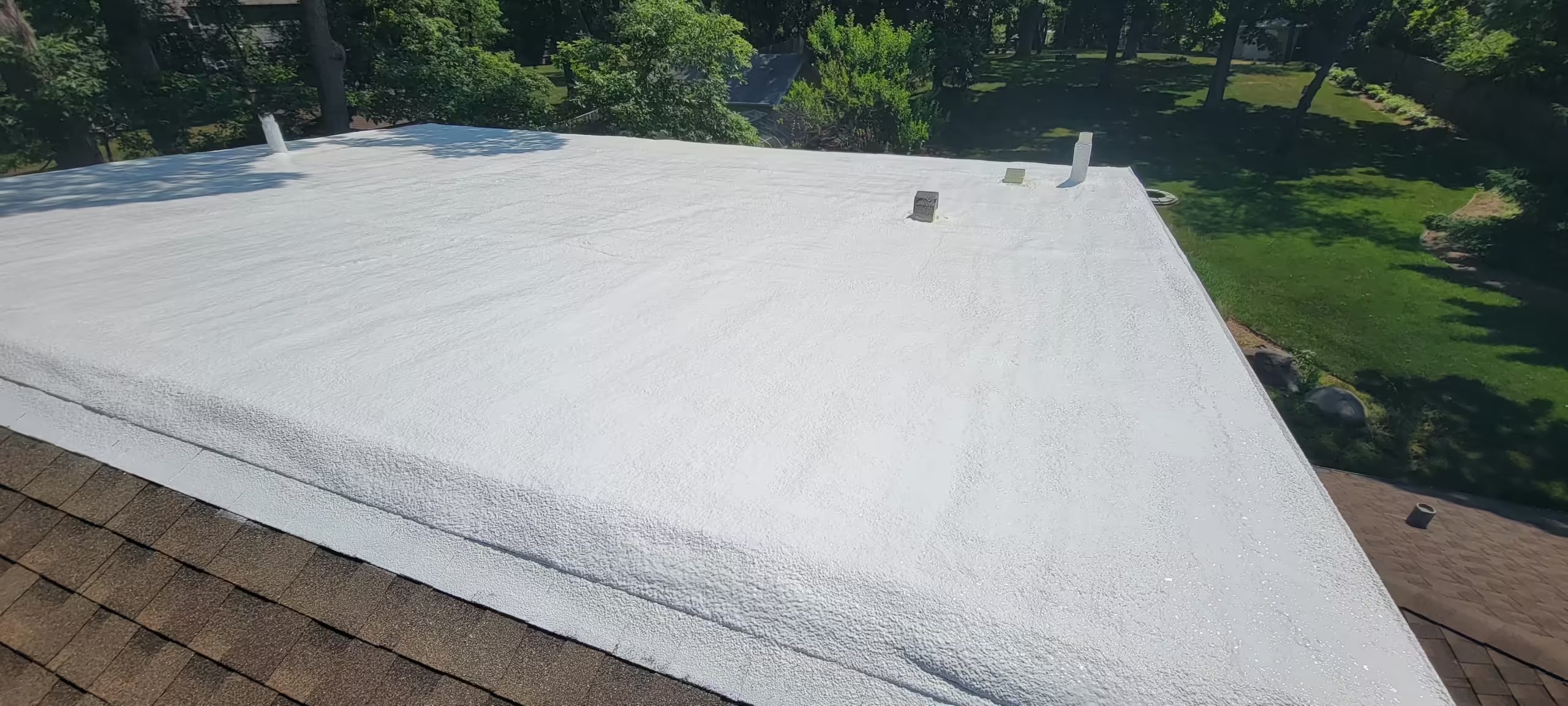 Exterior Wall Insulation
Exterior Wall Insulation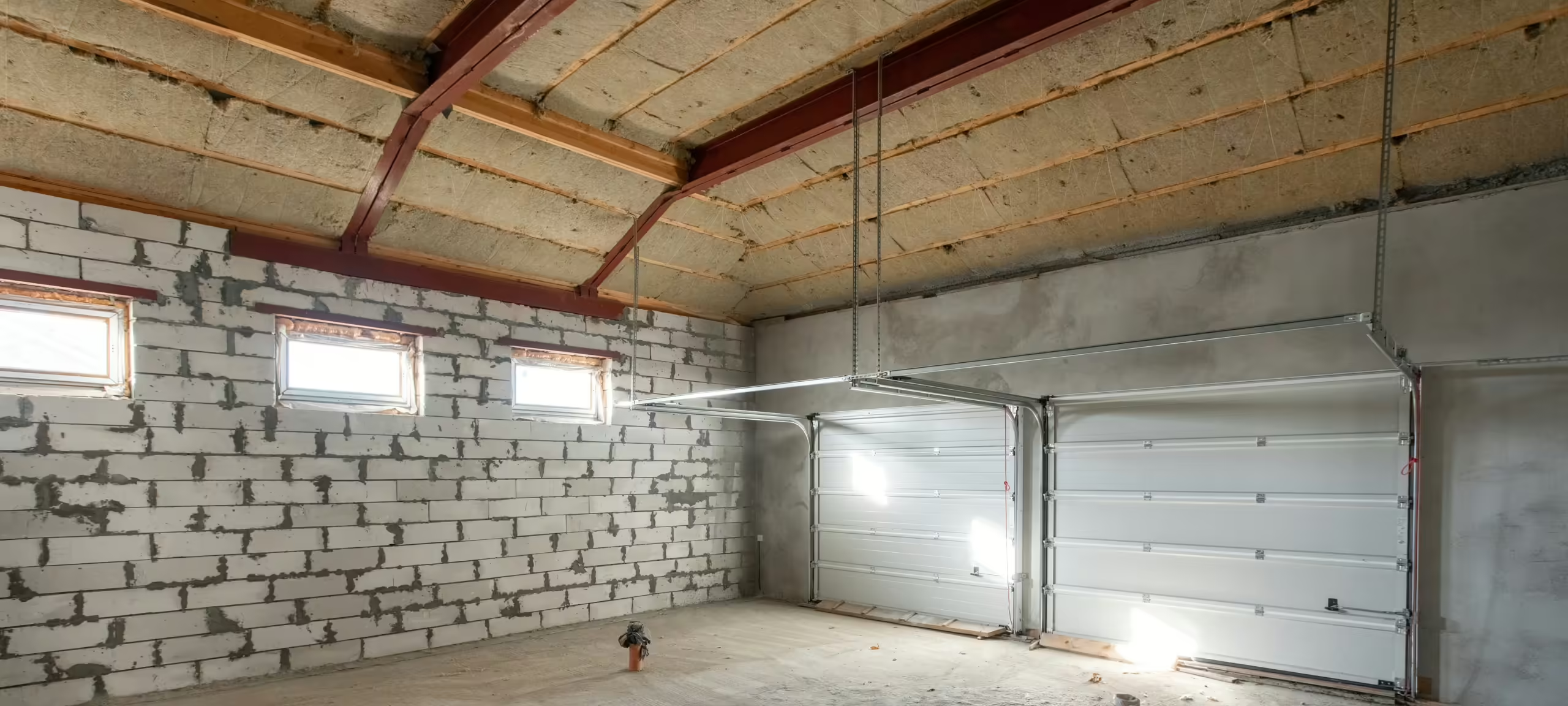 Garage Insulation
Garage Insulation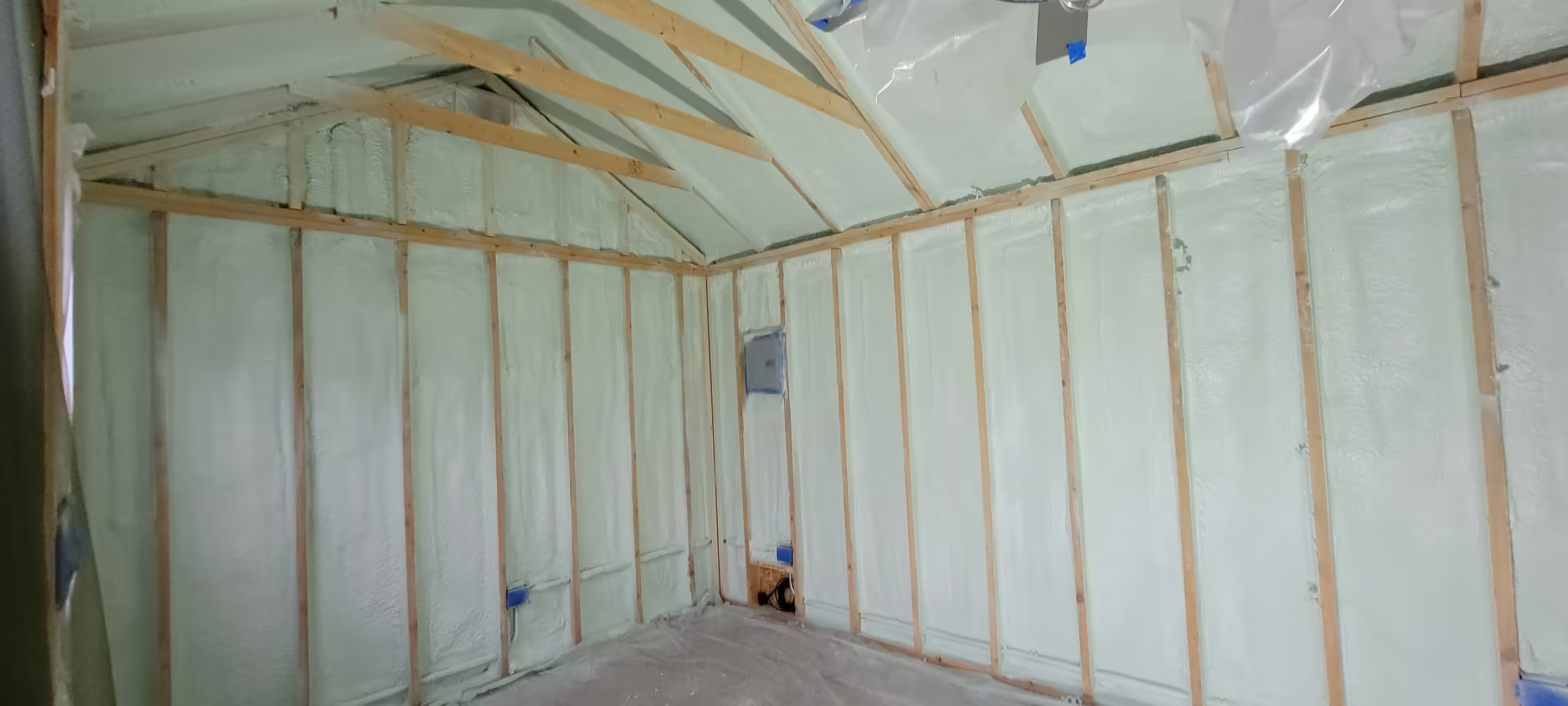 Interior Wall Insulation
Interior Wall Insulation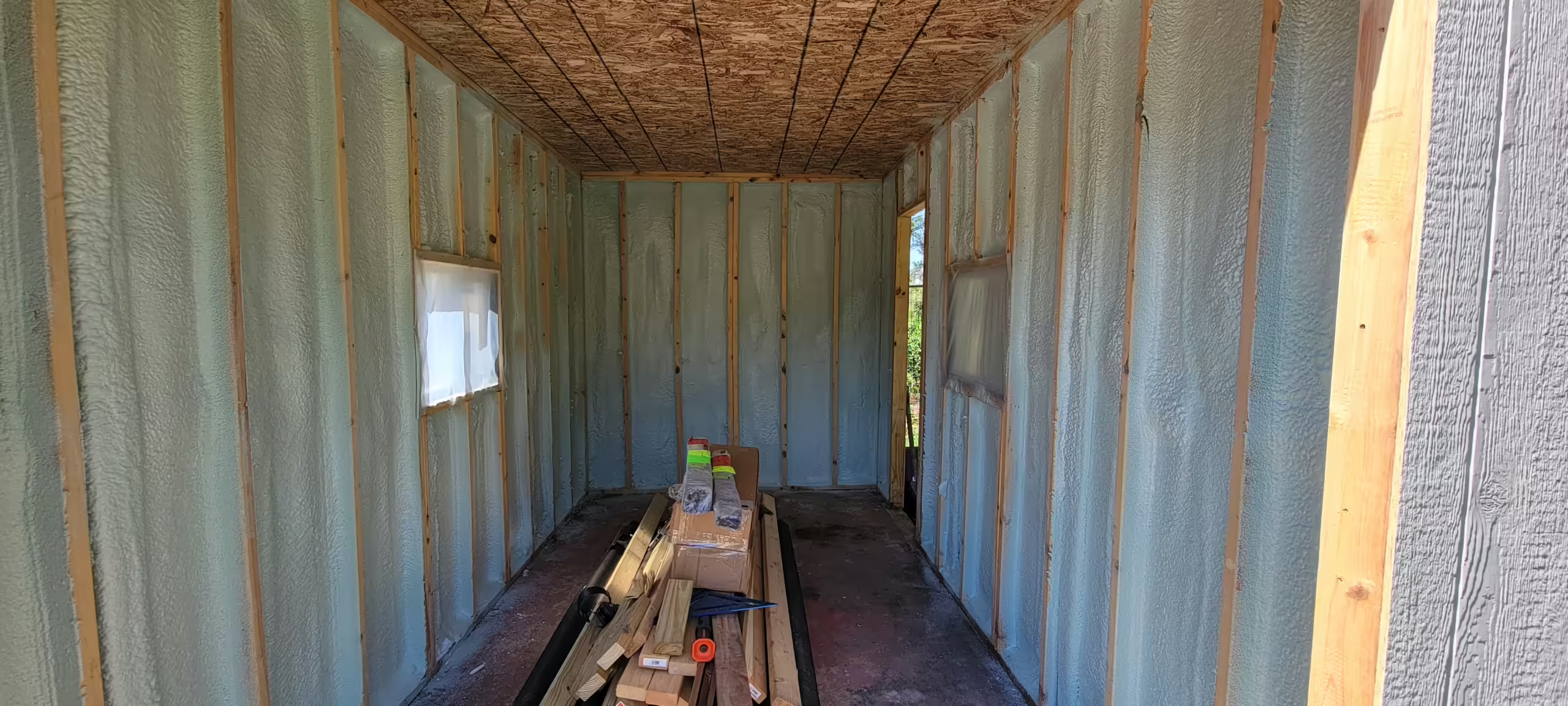 Shed Insulation
Shed Insulation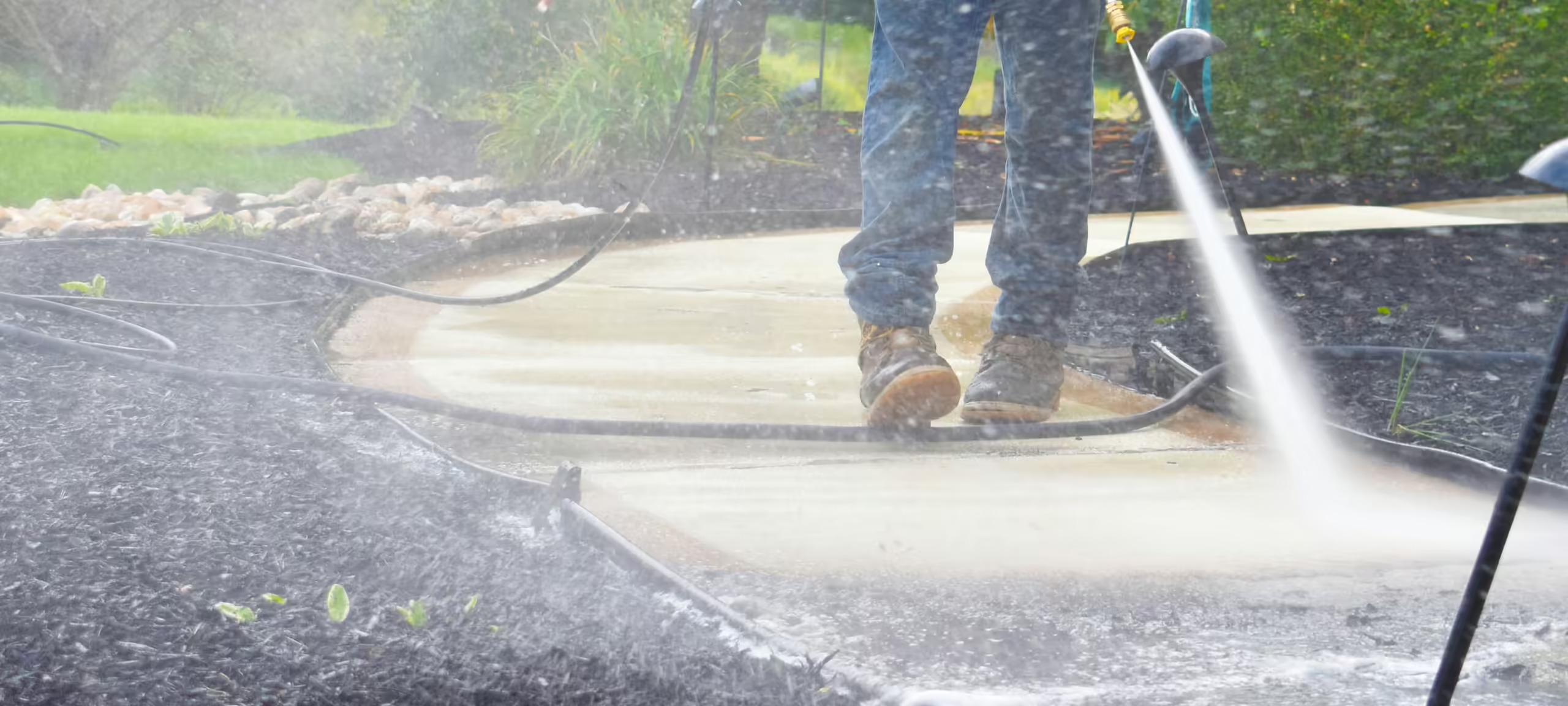 Power Washing
Power Washing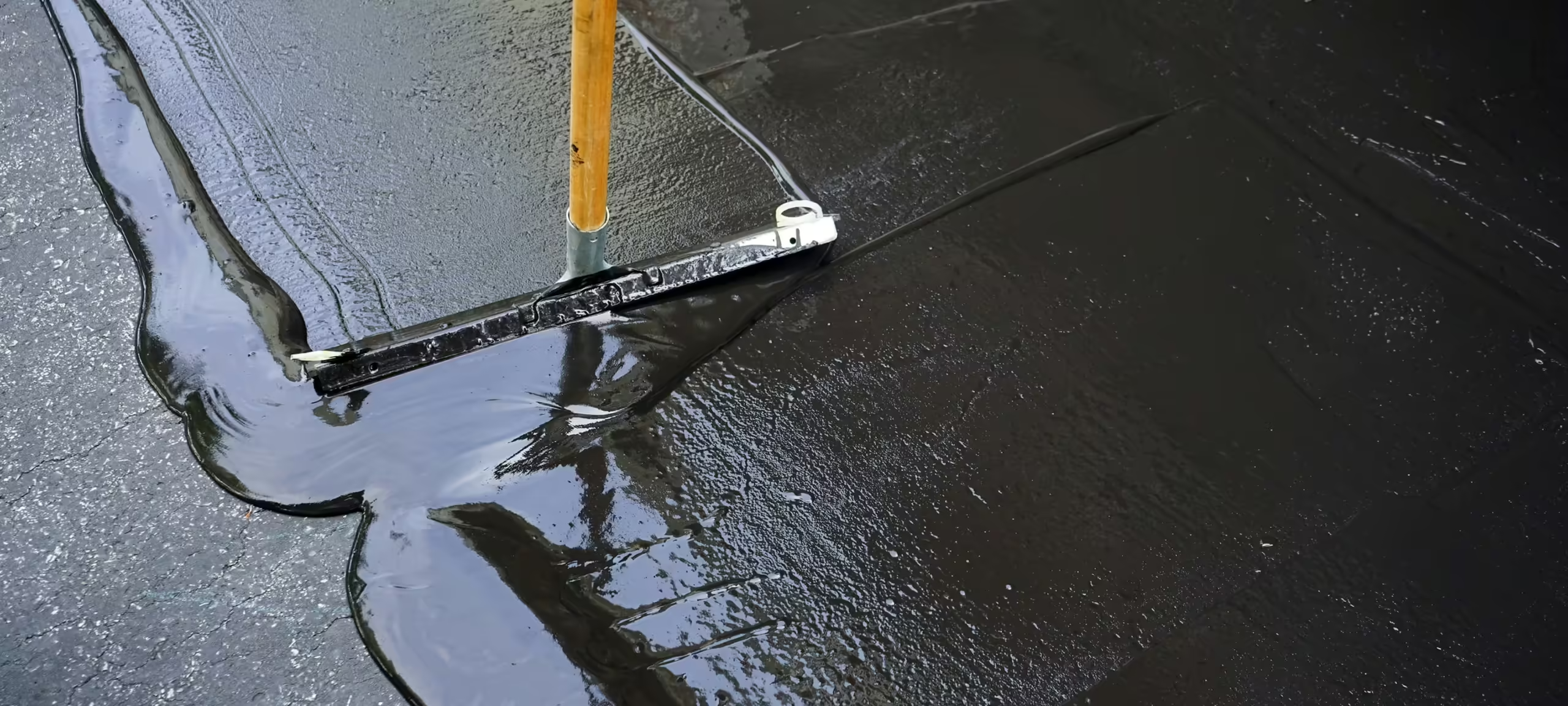 Sealcoating
Sealcoating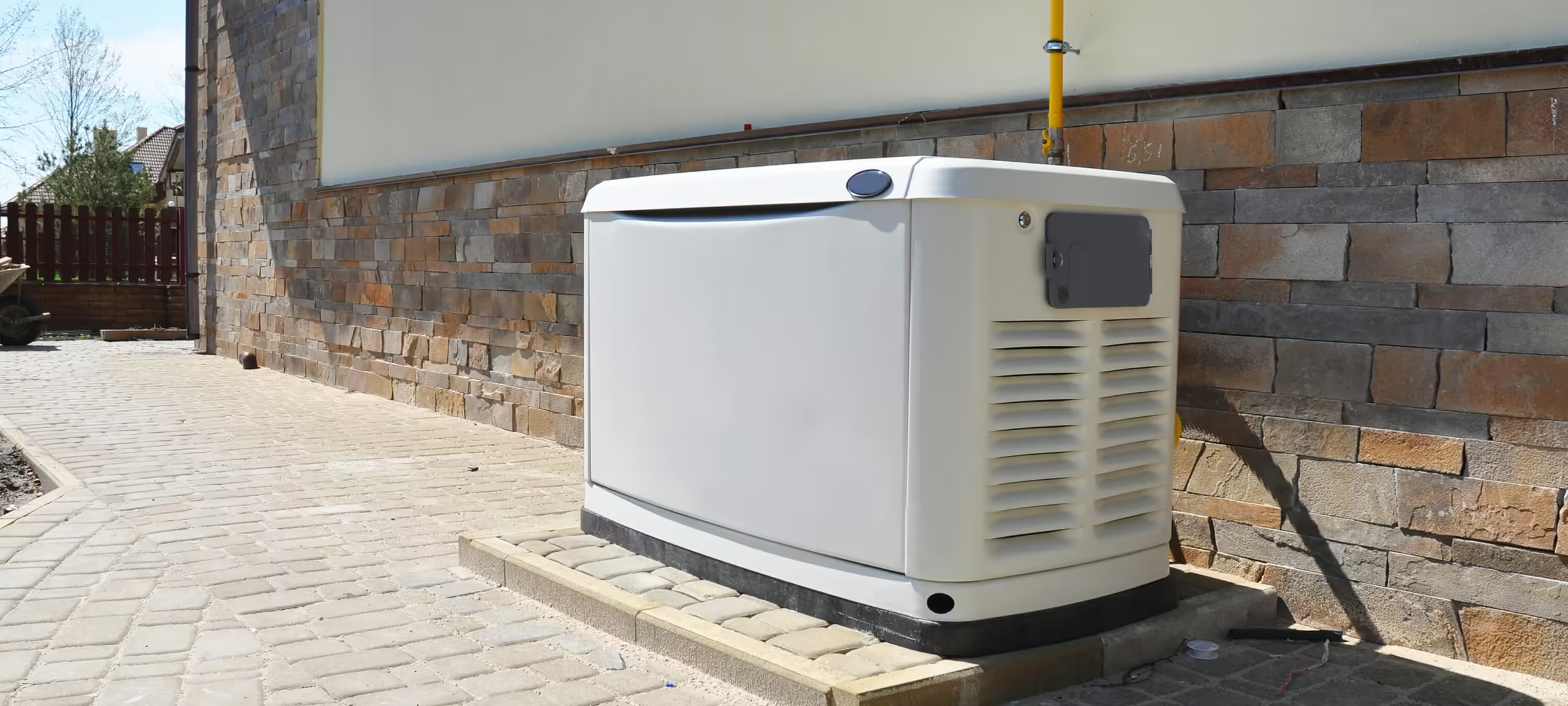 Backup Power Generators
Backup Power Generators Lake County Insulation
Lake County Insulation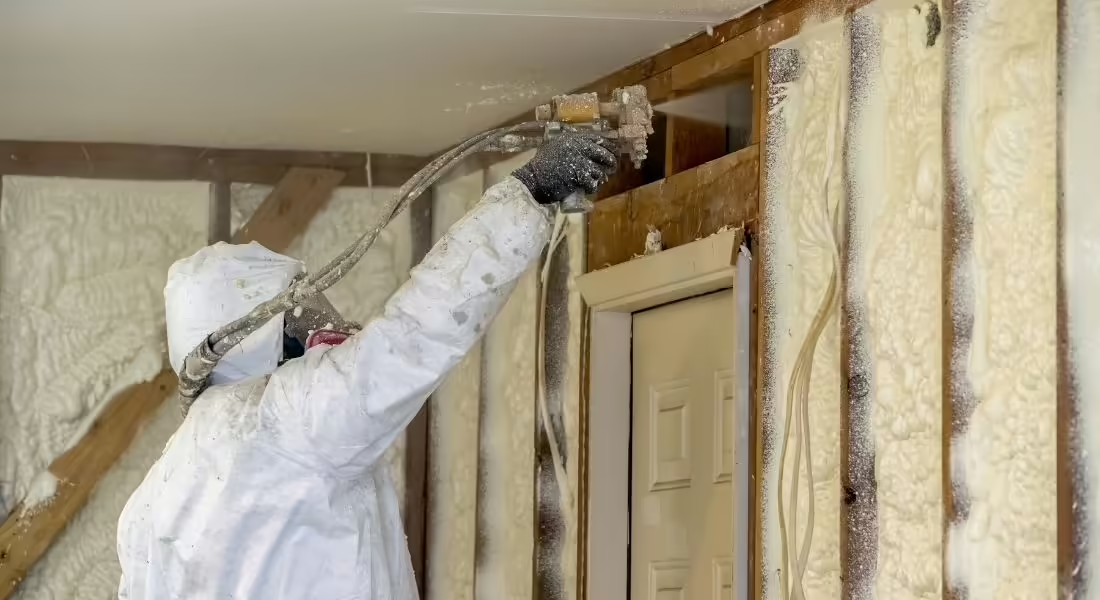 Spray Foam Insulation Guides
Spray Foam Insulation Guides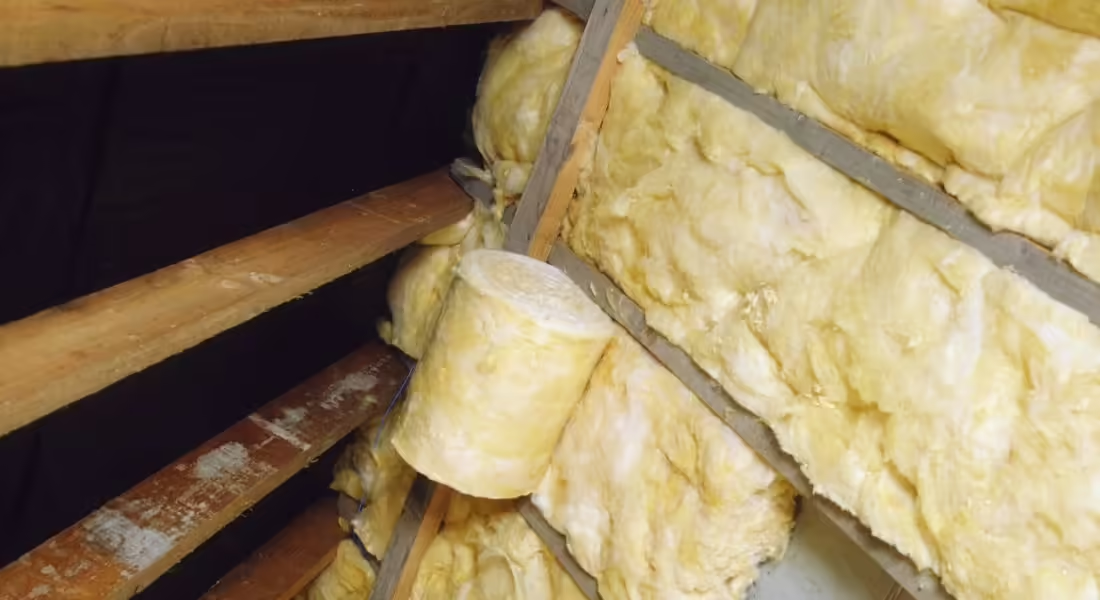 Insulation Guide
Insulation Guide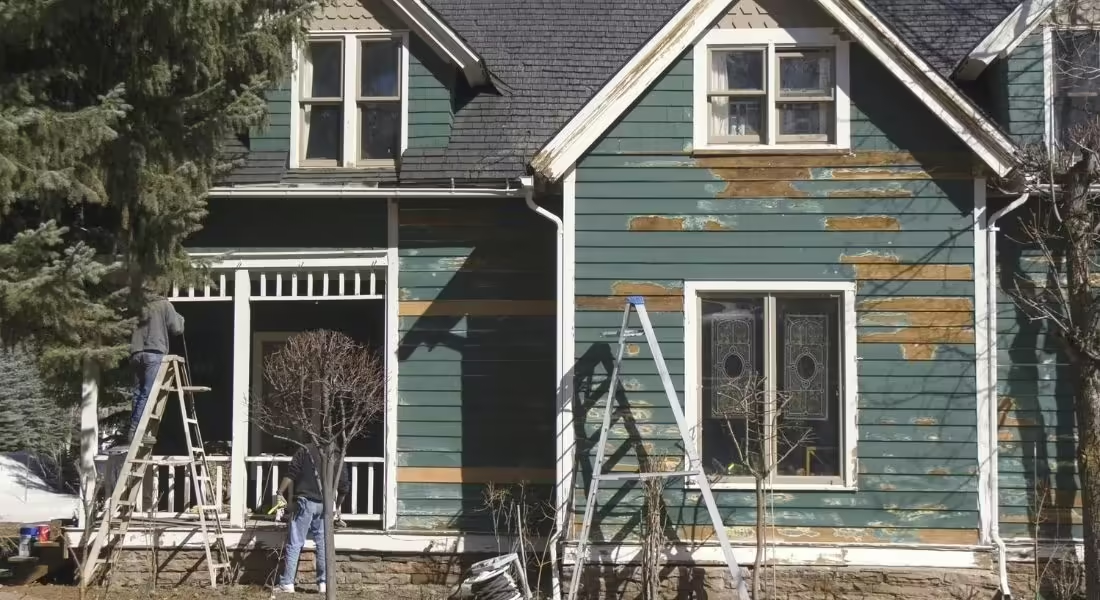 Home Improvement & Maintenance Guide
Home Improvement & Maintenance Guide